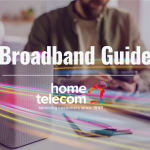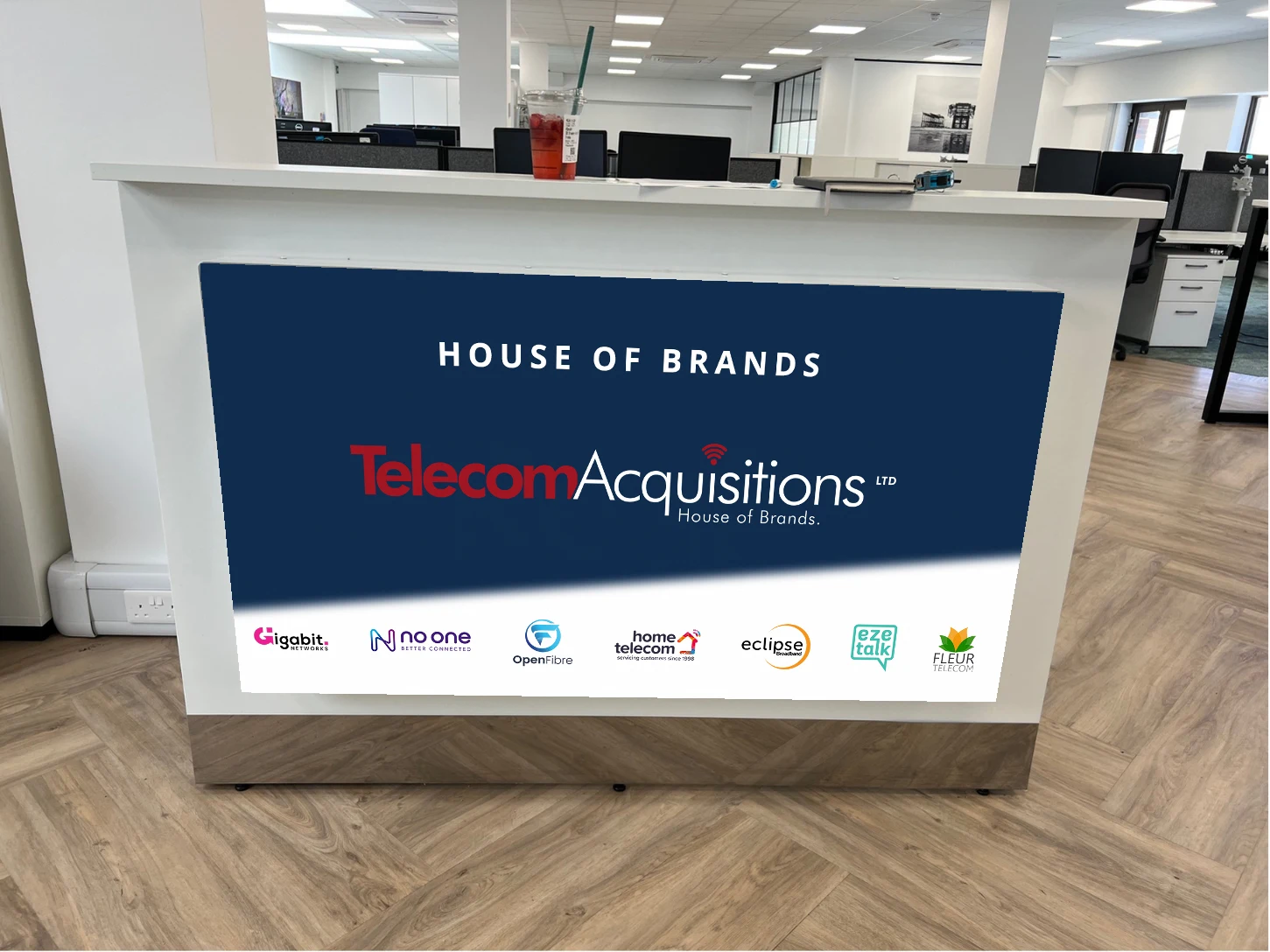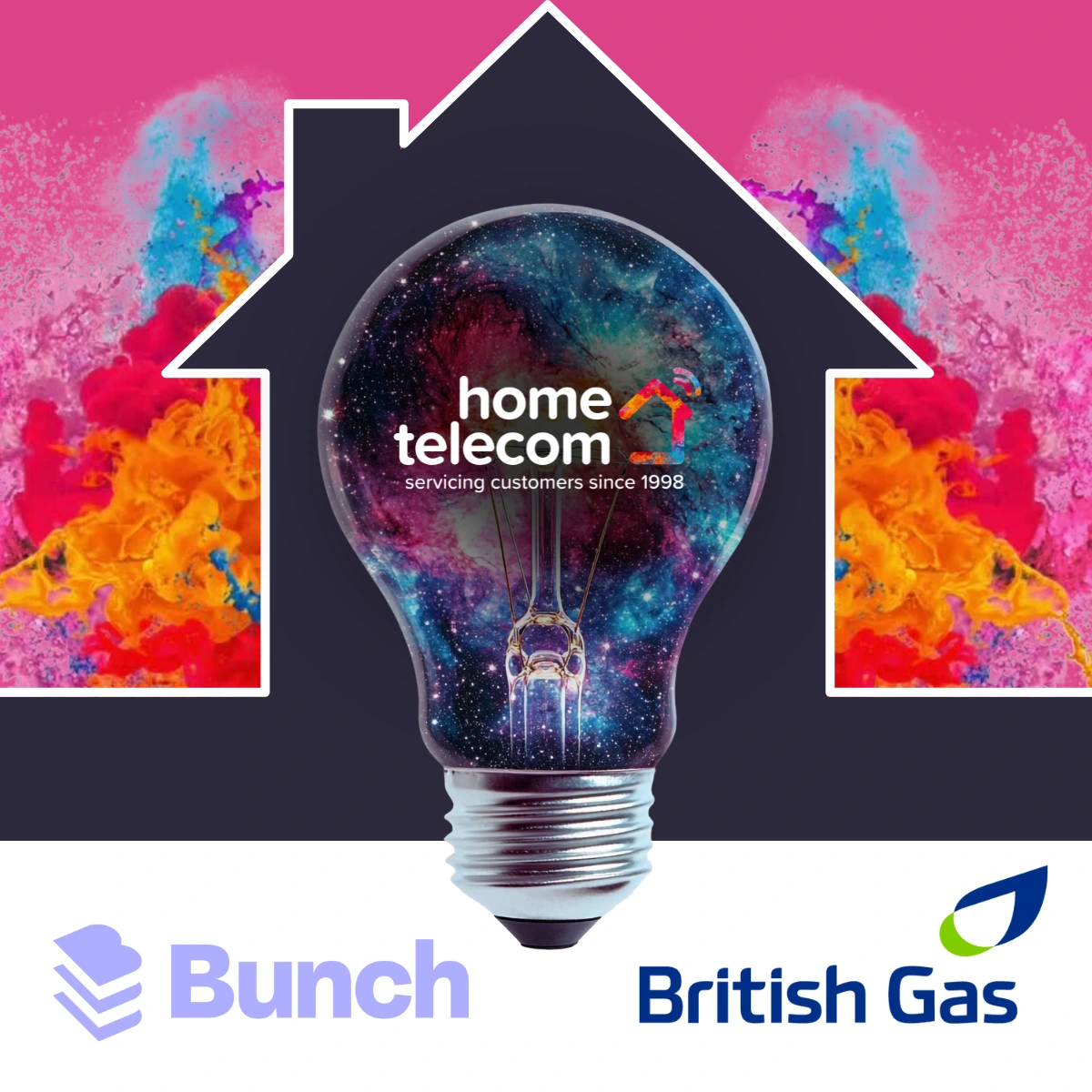FTTP, FTTC and ADSL broadband: What’s the difference?
We know broadband can feel confusing.
With so many technical terms and connection types, it’s easy to get overwhelmed.
But don’t worry — we’ve simplified it.
We’ve broken down the three main types of broadband to help you understand them quickly and clearly.
What is FTTP?
FTTP, or Fibre to the Premises, is the latest and most advanced type of broadband available today. It uses fibre optic glass cables to deliver speeds of up to 1,000Mb/s directly to your home. These cables are strong and durable, so you’ll experience little to no connection dropouts. Full Fibre runs straight from the exchange to your home, ensuring consistent performance. It supports multiple devices at once, making it ideal for families and busy households. Thanks to smart cable design, Full Fibre keeps its speed and strength over long distances.
No matter where you are in the UK, it offers a fast, reliable broadband connection.
Following Ofcom’s recent announcement that copper cable broadband will soon be retired, FTTP broadband is set to become the new standard and the future of connectivity.

What is FTTC?
FTTC, or Fibre to the Cabinet, uses both fibre optic and copper cables to deliver your broadband connection.
While not full fibre, FTTC still offers a reliable connection with average speeds around 67Mb/s.
It’s a great option for streaming, browsing, and video calls. FTTC is also being phased out, though more slowly than ADSL. Because it’s not fully copper-based, FTTC will remain available slightly longer — until 2030.
What is ADSL?
Asymmetric Digital Subscriber Line (ADSL) uses the same copper cables as traditional telephone lines. This connection runs from the telephone exchange to your home through old, outdated cables. The further your home is from the exchange, the weaker and slower your connection becomes. That’s why ADSL can’t guarantee a fast or reliable broadband experience.
Despite its downsides, ADSL remains common due to existing copper lines in most UK homes. It requires little to no installation, which made it popular in the past. ADSL once led the market, but newer technology has surpassed it.
Today, ADSL struggles with modern demands like streaming, video calls, and gaming.
Its aging copper cables often cause lag and frustrating buffering.
As a result, Openreach will retire copper cables by December 2025, officially phasing out ADSL connections.
Can I upgrade from FTTC or ADSL to FTTP?
Yes, you can! You can enjoy the speediness of FTTP or full fibre broadband at the comfort of your home, fully supported by our 4.5 star ‘Excellent’ rated Trustpilot service. Use our postcode checker to see whether there’s FTTP broadband available at your address.
If there is, reach out to us on 01403 216133 or through our live chat and we’ll set you up with full fibre broadband in under 5 minutes!
Don’t panic if full fibre isn’t available at your address. Open reach are expanding the network to cover 96% of the UK by May 2027!
I want to upgrade my broadband from ADSL but FTTP isn’t available at my address – What can I do?
If FTTP isn’t currently available at your address but you’d like to upgrade your broadband, you can switch to FTTC. You’ll benefit from the power of the fibre optic cables, combined with the copper cables, whilst you wait for FTTP to be available in your area. Click here to visit our national postcode checker and check out your FTTC options!
If you have any questions on your broadband and would like to speak to one of our friendly agents, please reach out to us on 01403 216133 or through our live chat.




